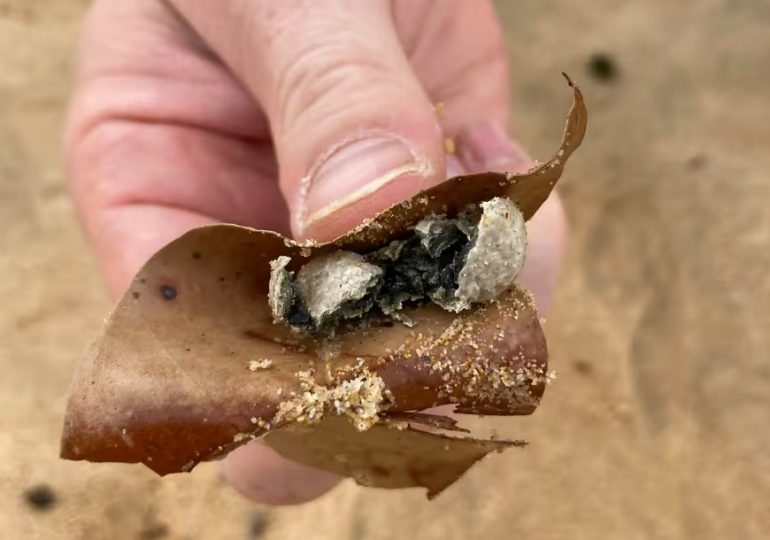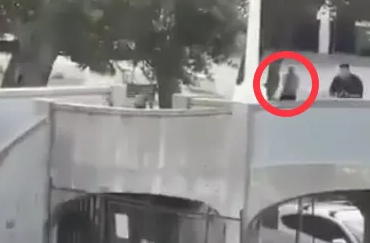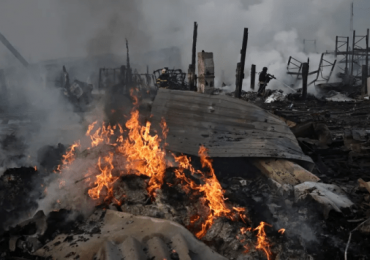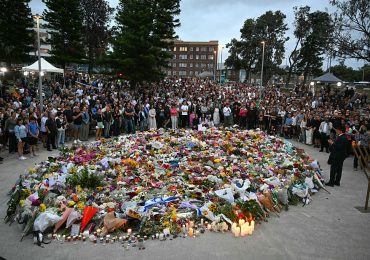NINE popular beaches have been forced to shut down after mysterious balls washed up on the shores and baffled authorities.
The balls have washed up across several locations in Sydney, Australia, just weeks after a similar “extremely unpleasant” incident sent beachgoers running for the hills.
AAP Image/Northern Beaches Council/ReutersThe little grey balls were the size of marbles and some were larger[/caption]
AAP Image/Northern Beaches Council/ReutersNine popular Sydney beaches closed on Tuesday due to the objects[/caption]
The nine beaches that were been told to shut down on Tuesday include: Manly, Dee Why, Long Reef, Queenscliff, Freshwater, North and South Curl Curl, North Steyne and North Narrabeen.
Among these, Manly Beach is particularly well-known to tourists and locals alike, who often go there to catch some waves or relax in the sand.
The little grey balls in question were the size of marbles, with some larger, according to a statement from the Northern Beaches Council.
The origin of the beach balls has baffled authorities, who are working closely with the state’s environmental agency to collect samples of the debris for testing.
The Northern Beaches mayor, Sue Heins, commented: “We don’t know at the moment what it is and that makes it even more concerning.
“There’s something that’s obviously leaking or dropping or whatever and floating out there and being tossed around.
“But who’s actually dropped it or lost it or leaked it is something none of us know.”
A spokesperson for Sydney Water said: “Sydney Water can confirm there have been no issues with the normal operations of the Warriewood, North Head, Bondi, Malabar, and Cronulla Water Resource Recovery plants.
“We comply with our licences as set by the NSW EPA and only discharge compliant wastewater during normal operations.”
The spokesperson also likened the debris to “grease balls”.
Environmental groups have been quick to call out Sydney Water for the amount of waste pumped into the water every year.
Sue Higginson, the environment spokesperson from the NSW Greens, said: ”Sydney Water has admitted that the human waste on beaches in Sydney’s east last year may have absorbed wastewater discharges indicating that our current treatment systems are not fit for purpose and the question remains – how much waste products are discharged by Sydney Water as part of their ‘normal operations’?”
This isn’t the first time in recent memory that Sydney‘s beaches have been terrorized by some foul-smelling balls.
What happened last time
In November, The Sun reported on some mysterious black spheres that were spotted on multiple Sydney beaches.
But after their origin was revealed, locals wished that the disgusting truth was never told.
It turns out that these balls were mini balls made up of everything from human faeces to recreational drugs and medication.
University of New South Wales (UNSW) chemistry professor Jon Beves had no explanation for where the balls came from.
John also confirmed that the stench of the mysterious objects was “extremely unpleasant”.
He said: “I don’t know if it’s come from our local sewer system, or if it’s been discharged from a boat, or if it’s been washed from the sewers into the stormwater, or some other origin that we really don’t know.
“It seems they haven’t come from many different locations, they’re consistent with all coming from one location at one time.
“They smell absolutely disgusting, they smell worse than anything you’ve ever smelt.”
Now that the same thing appears to have happened again, the EPA are still no closer to finding out where these wretched things came from.
The EPA said at the time its officers had collected samples for analysis which would be tested and compared to the other debris found on the eastern beaches.
That data has not currently been released.
Sue slammed the EPA’s lack of results, saying: “The EPA can’t explain the source of the human waste causing the fatbergs and it can’t assure the public that Sydney’s beaches are safe to use.”
Initially, the balls were likened to mini “fatbergs”, made up of human faeces, methamphetamine, human hair, fatty acids, and food waste.
UNSW professor William Alexander Donald added that testing the balls revealed “a different, more disgusting, composition.”
According to The Guardian, the PEA has been contacted for comment on the latest smelly development.
AAP Image/Northern Beaches Council/ReutersAuthorities are working to identify the balls’ origin as various agencies are left baffled[/caption]
Leave a comment







